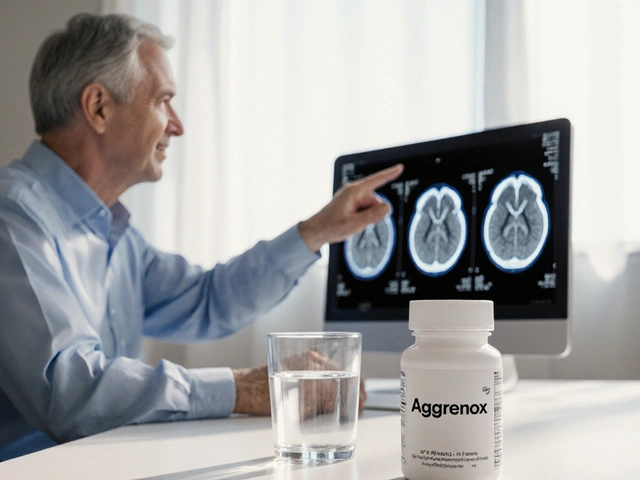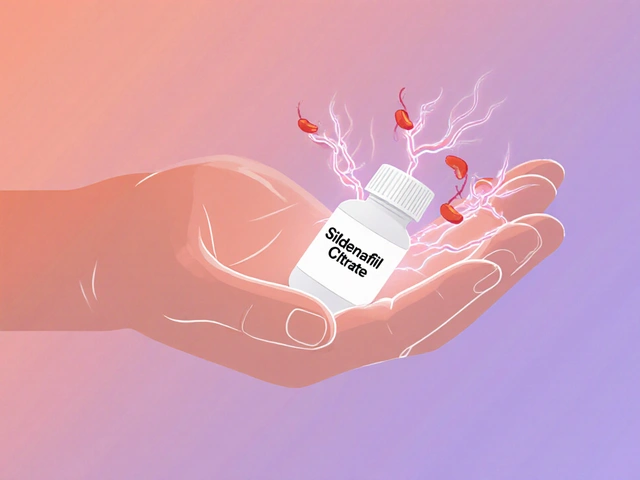Debunking Common Myths About Vilazodone
June 3 2023Athletic Performance: Guides, Tips & Science
When talking about athletic performance, the ability to generate power, speed and endurance during physical activity. Also known as sports performance, it drives every choice an athlete makes, from the gym to the kitchen. Understanding athletic performance means looking at what fuels the body, how you train, and how you let the body heal. It’s a mix of science and habit, and the articles below break each piece down.
Core factors that shape performance
First up, sports nutrition, the strategic use of food, fluids and timing to boost energy and recovery provides the raw material for any workout. Without the right carbs, proteins and micronutrients, muscles can’t repair, and the brain can’t stay sharp. Next, training methods, structured plans that manipulate intensity, volume and rest to trigger adaptation create the physiological changes—stronger fibers, better oxygen use, more efficient movement patterns. Finally, recovery strategies, techniques like sleep optimization, compression, and active recovery that allow adaptation to solidify close the loop. These three pillars form a semantic triple: athletic performance requires sports nutrition, is enhanced by training methods, and depends on recovery strategies.
Beyond the basics, performance supplements act as optional boosters. Creatine, beta‑alanine, and caffeine each target a specific bottleneck—energy regeneration, acid buffering, or mental alertness. While they’re not magic pills, when paired with solid nutrition they can shave seconds off a sprint or add reps to a set. The collection includes a piece on how blood‑pressure meds like Irbesartan might affect headaches that otherwise derail training, showing how even unrelated drugs can ripple into performance outcomes.
Another hidden influencer is the body’s hormonal balance. Stress hormones, sleep quality, and even antidepressant side‑effects (like excessive sweating) can shift how hard you can push. Articles on cooling strategies for medication‑induced hyperhidrosis illustrate practical ways to keep temperature in check, which is critical for endurance athletes who risk overheating.
Finally, the mental side matters just as much as the physical. Confidence, focus, and coping with pain—whether from migraines, gout attacks or chronic conditions—shape how consistently you train. Our guide on migraine prevention with Irbesartan highlights the crossover between medical management and steady training schedules.
All these ideas weave together into a roadmap: choose the right fuel, follow evidence‑based training, prioritize recovery, consider targeted supplements, and manage any medical or psychological roadblocks. Below you’ll find detailed articles that dive deep into each of these topics, offering step‑by‑step advice, research highlights, and real‑world tips you can start using today.
 25 Oct
25 Oct
Boost Athletic Performance with Iron, Folic Acid, and Zinc
Learn how the iron‑folic‑acid‑zinc combo lifts stamina, speeds recovery, and boosts athletic performance safely and effectively.
Read More...




